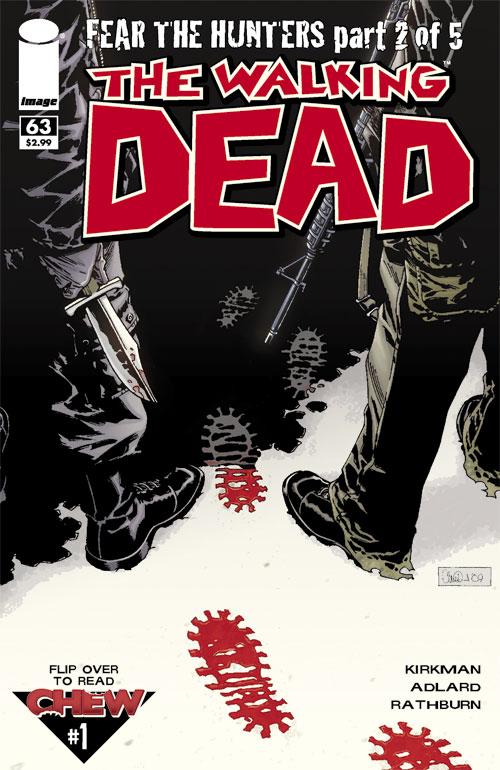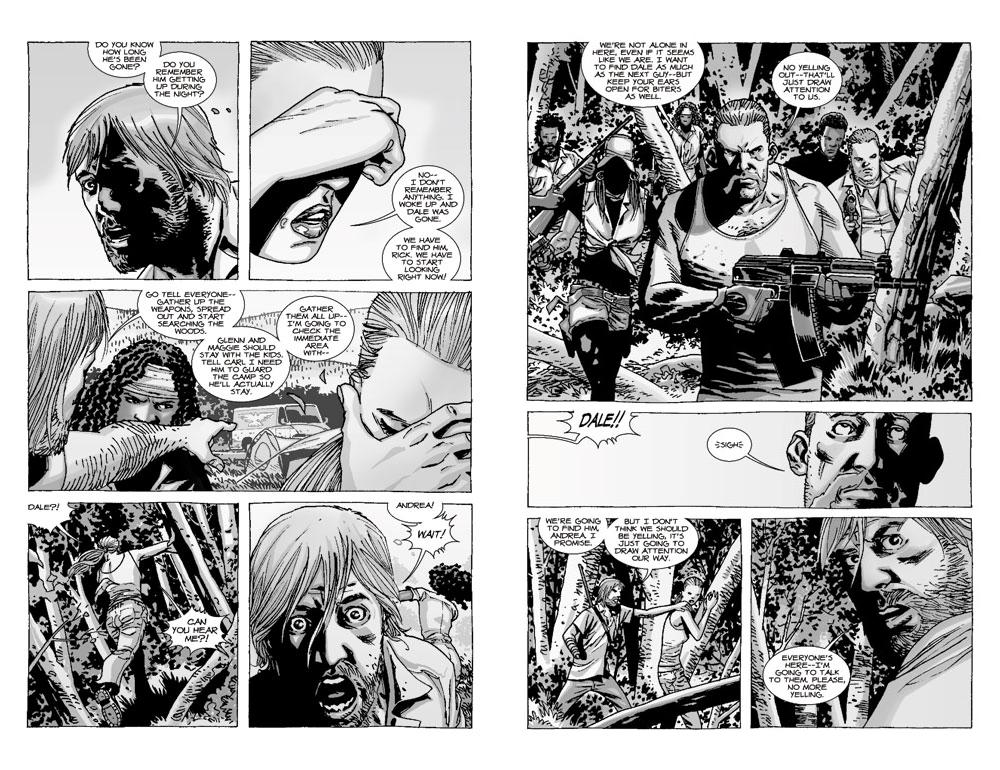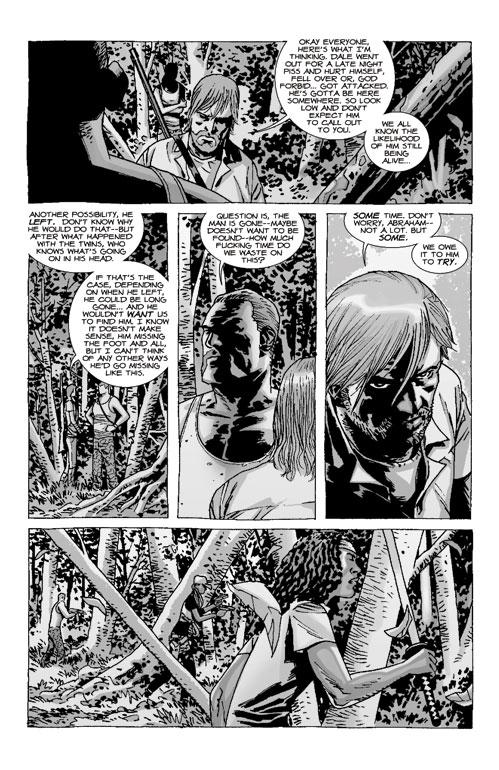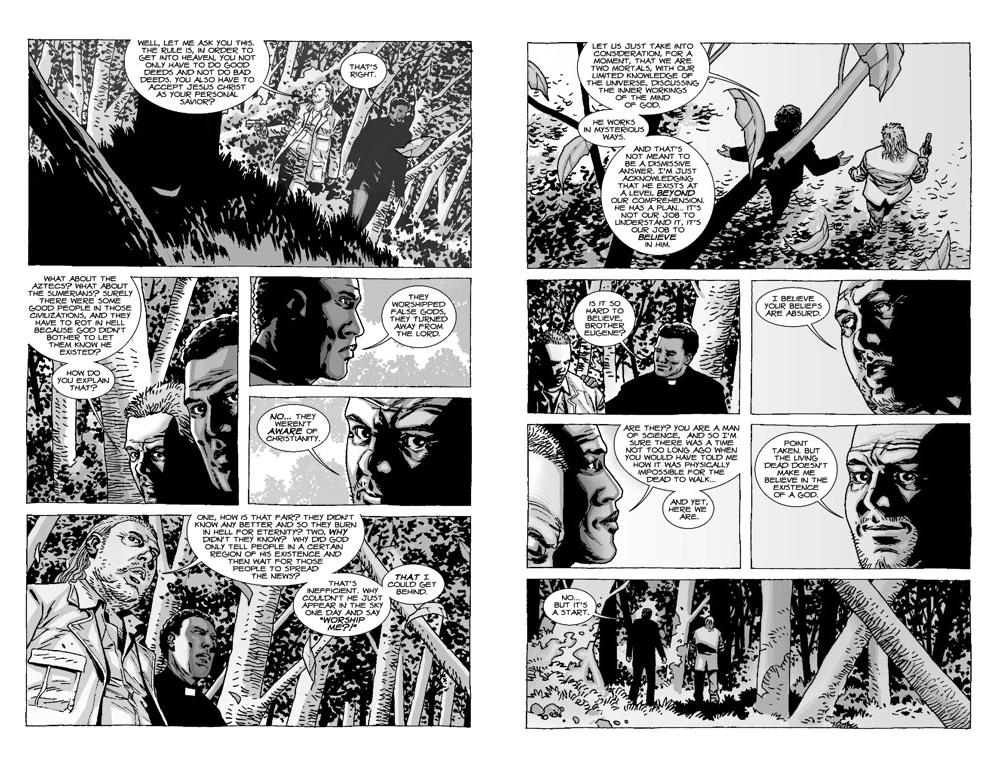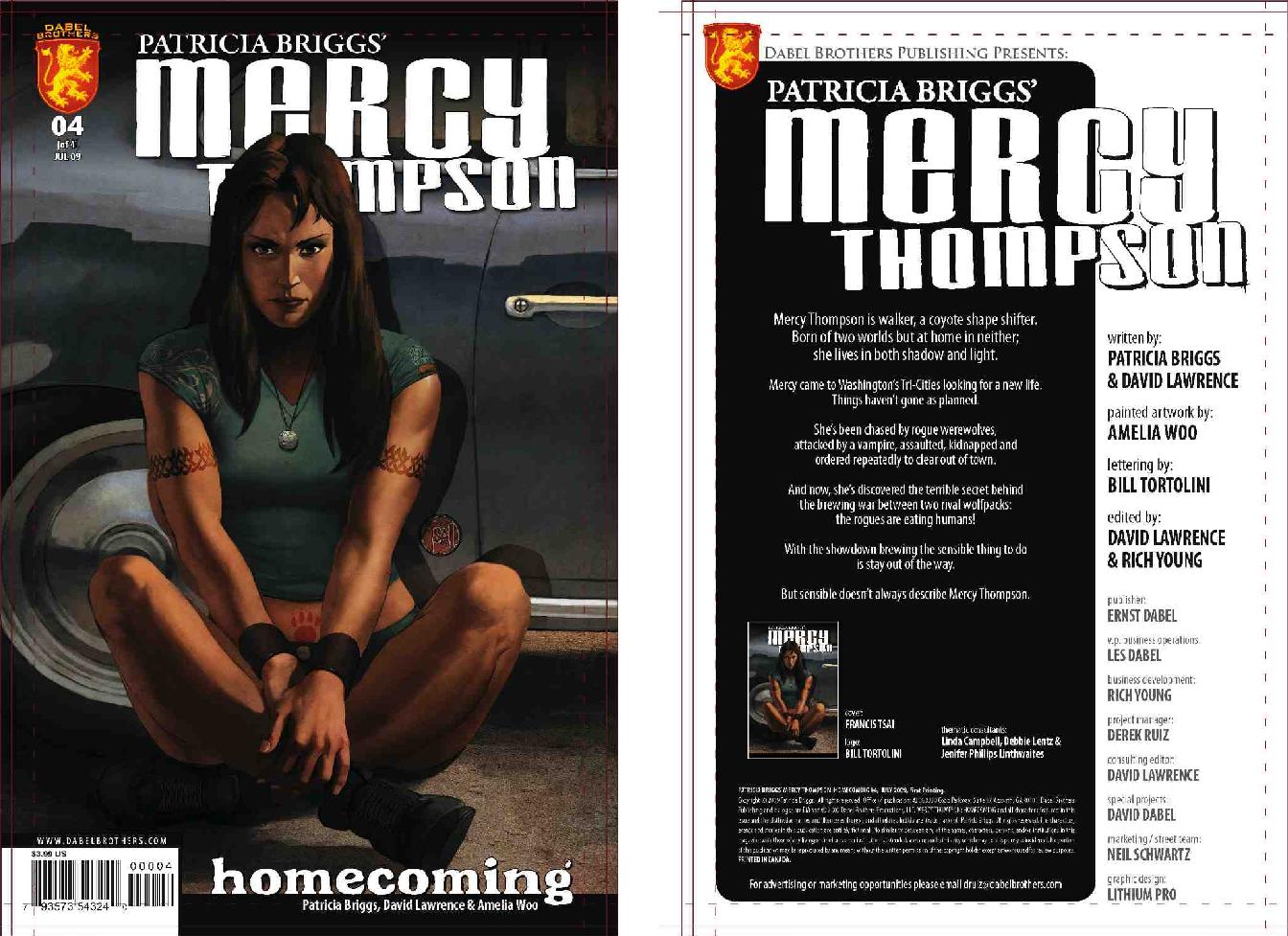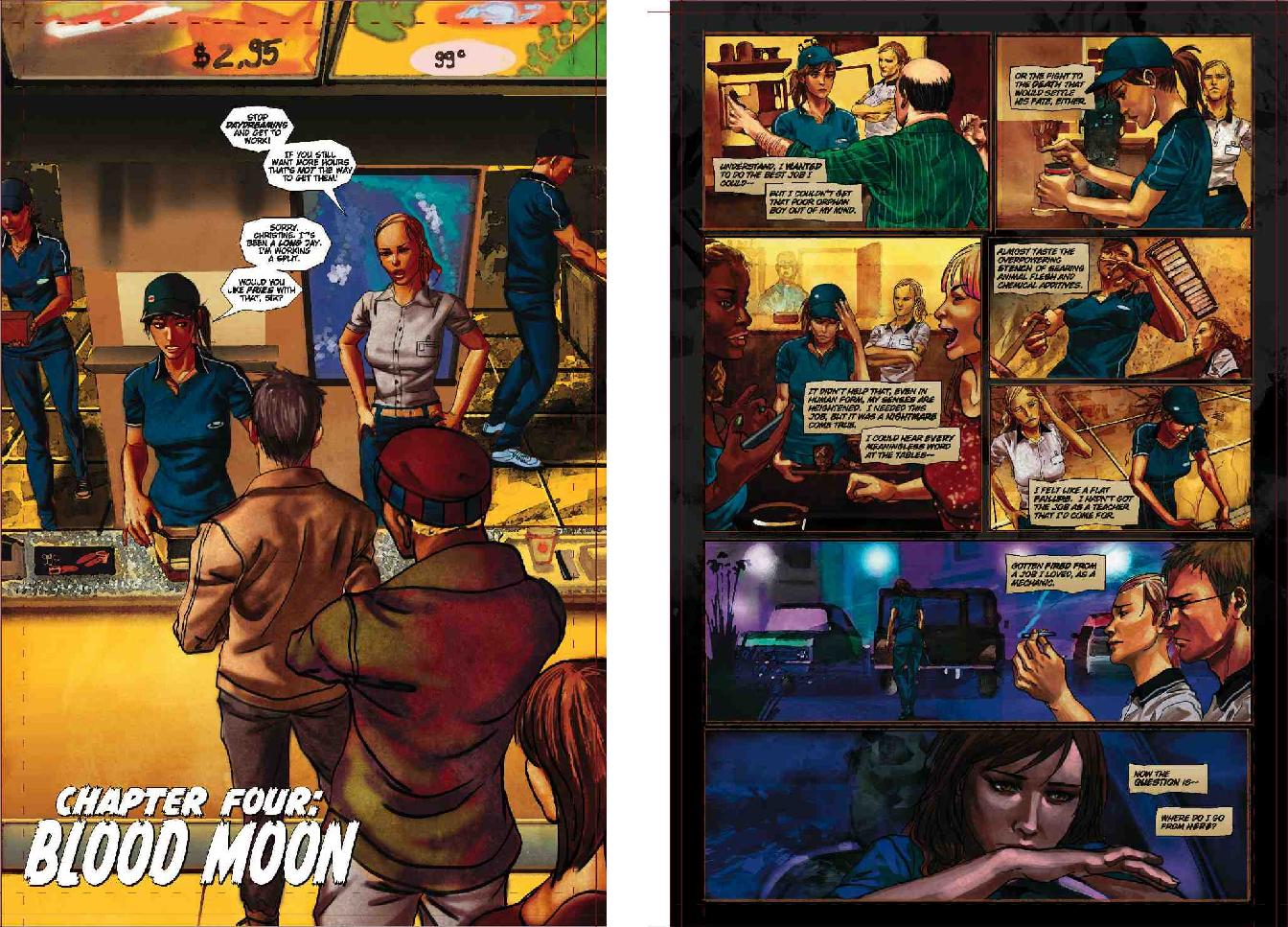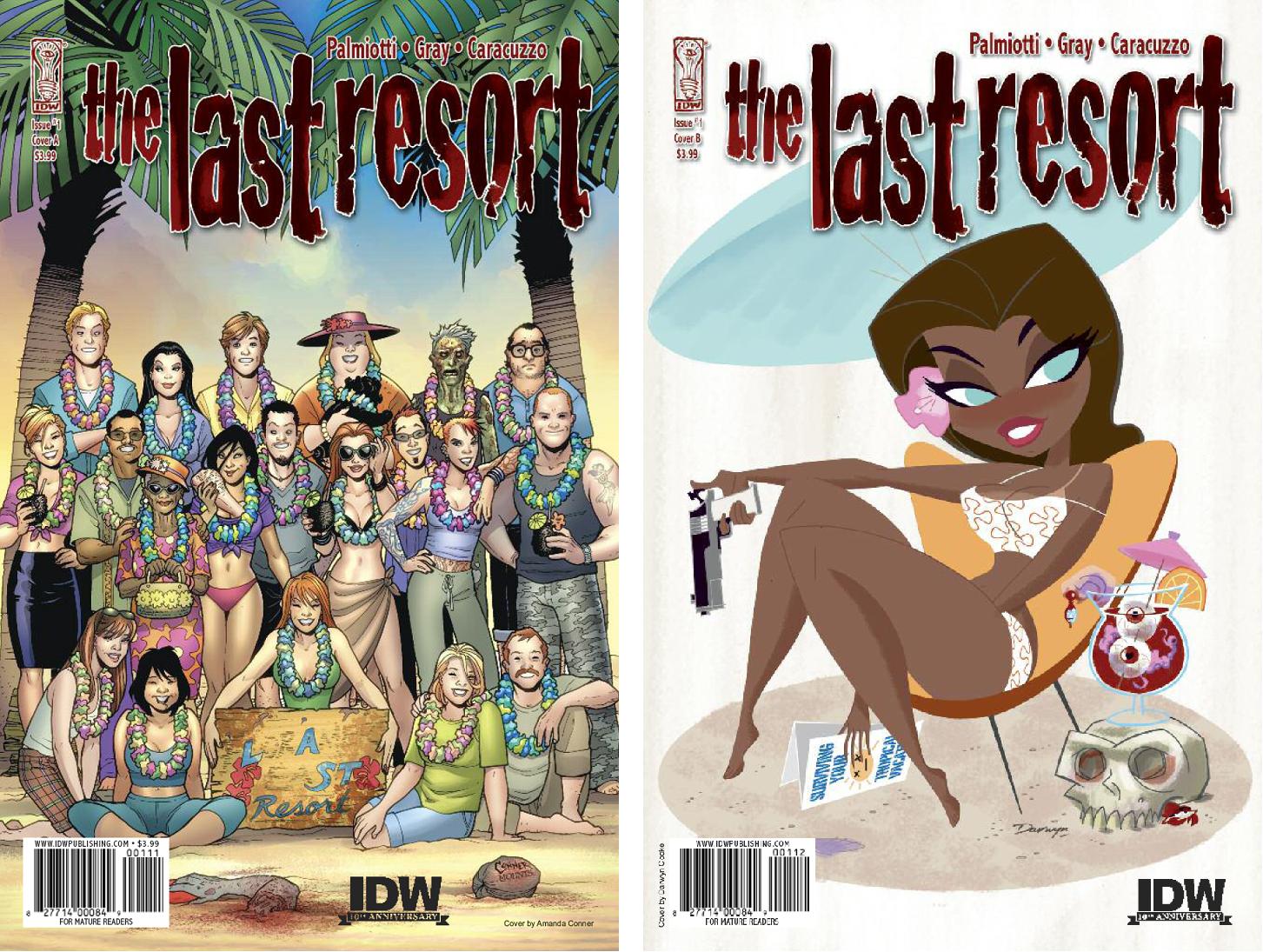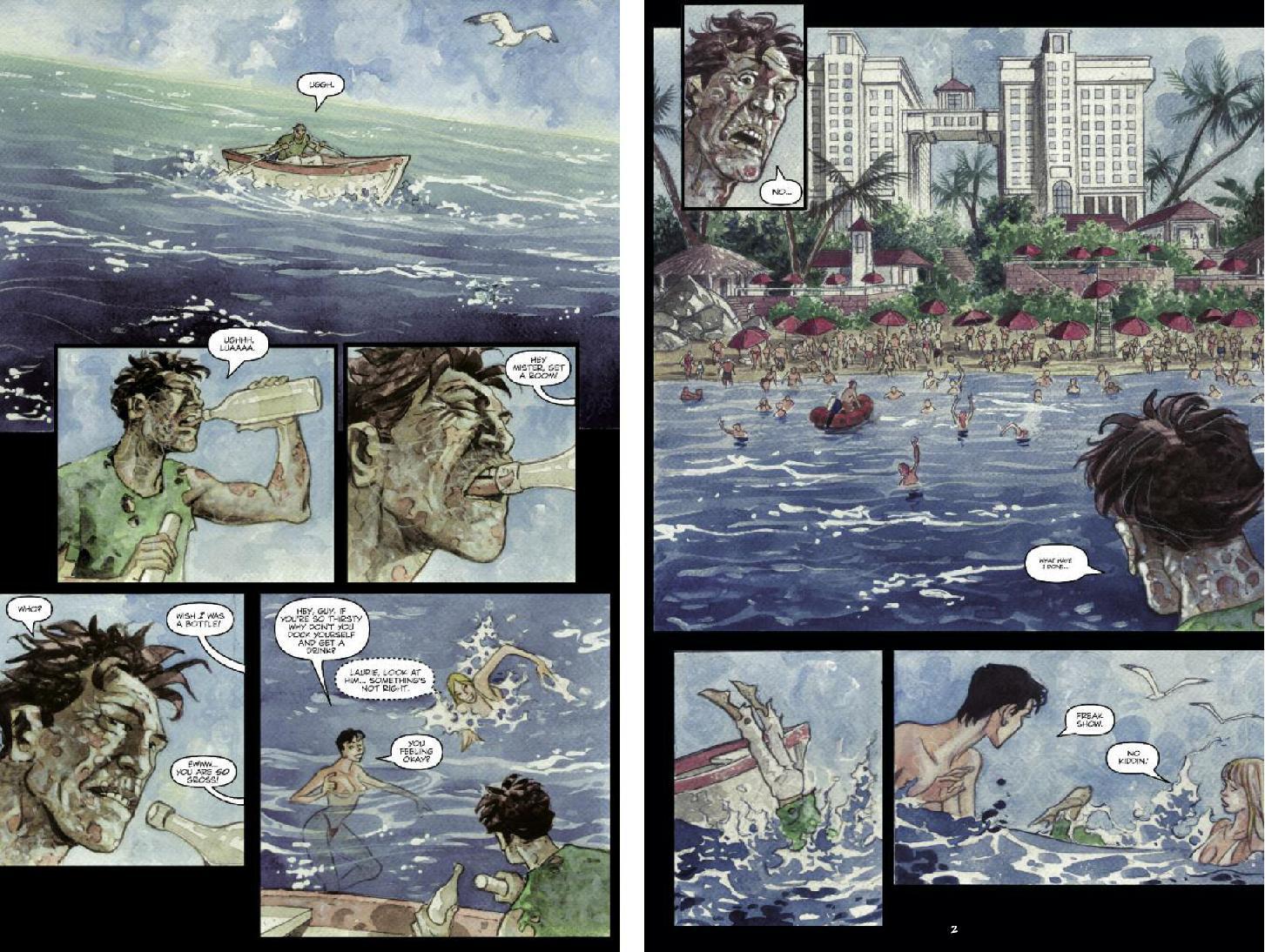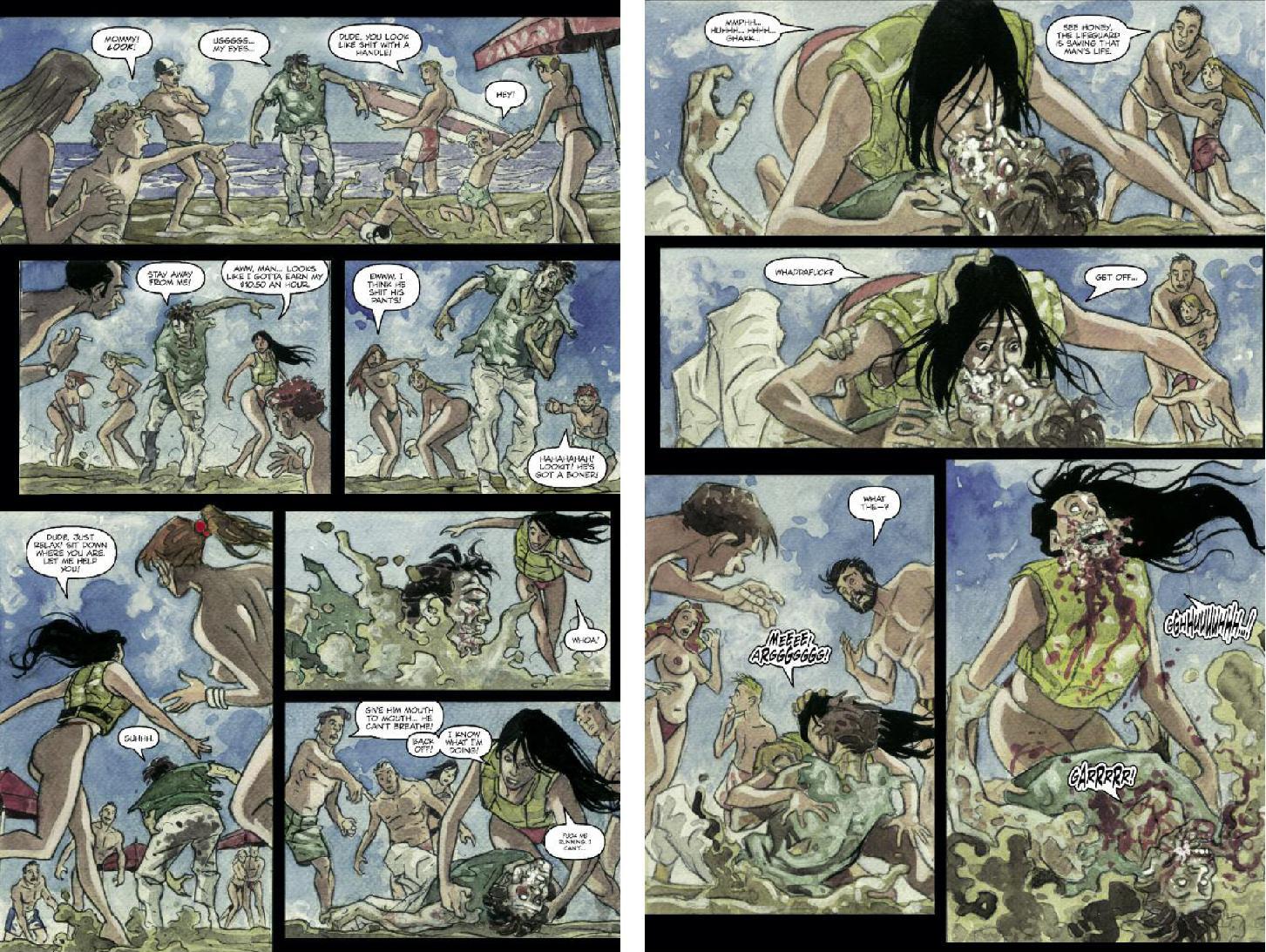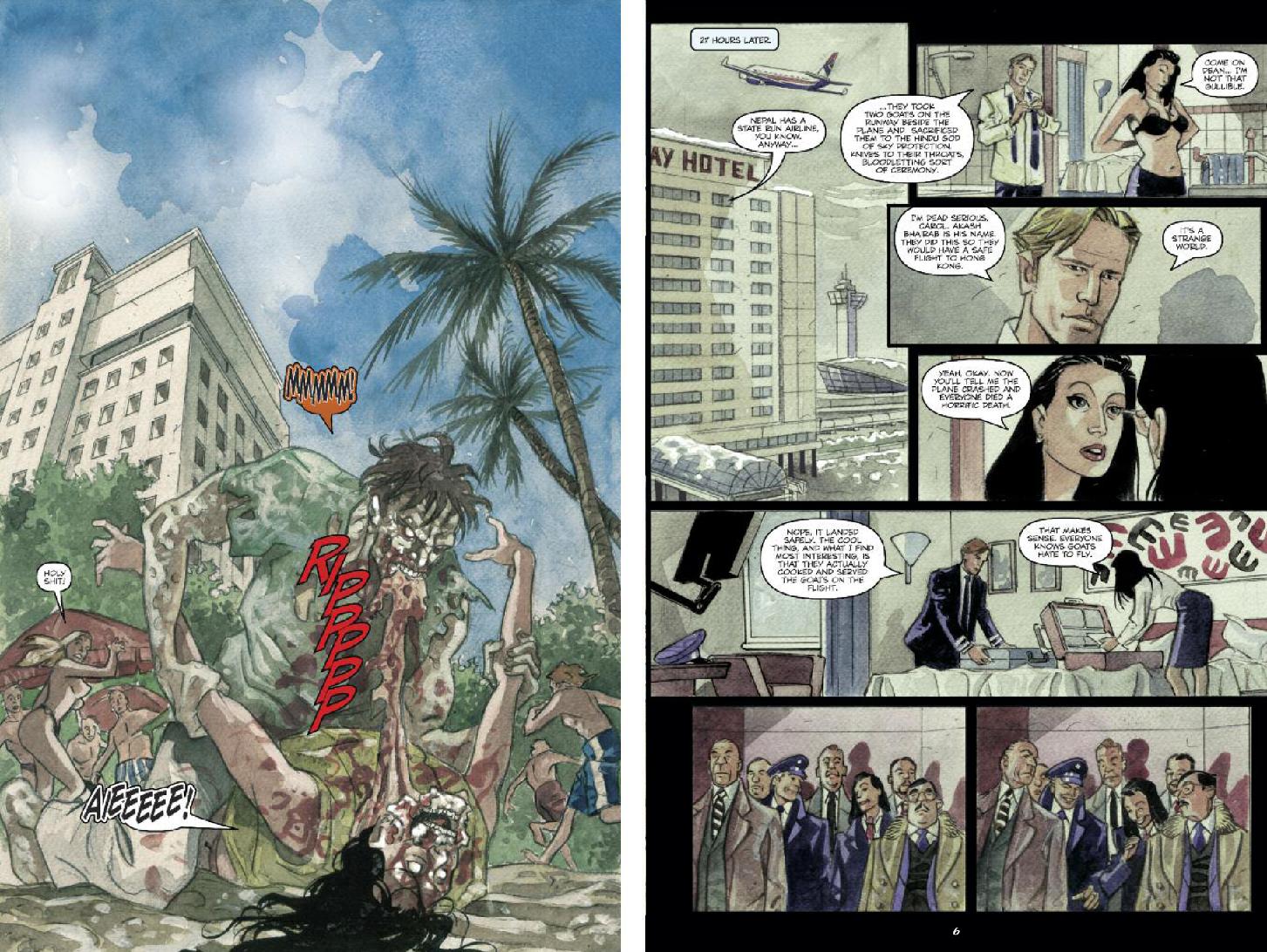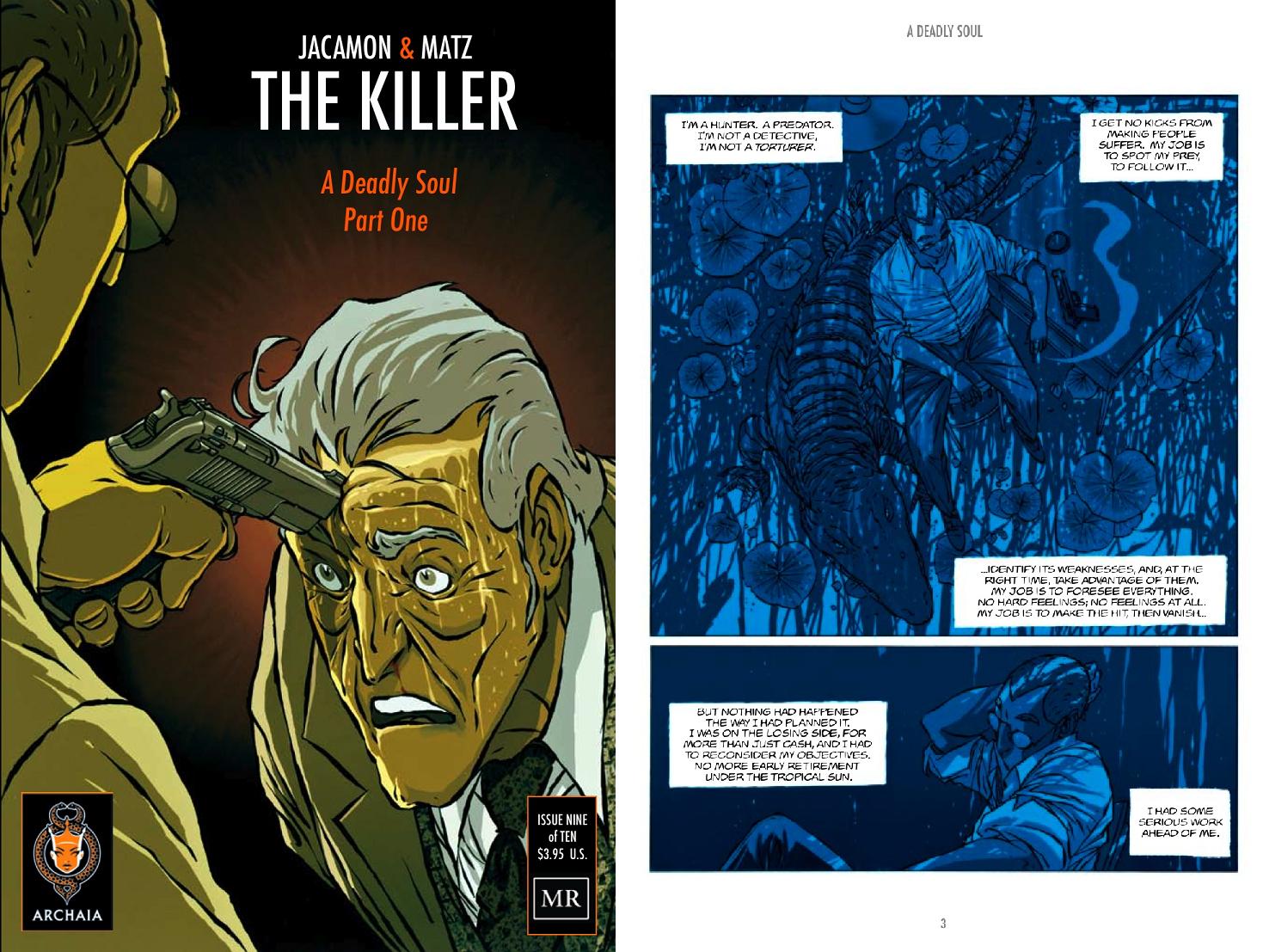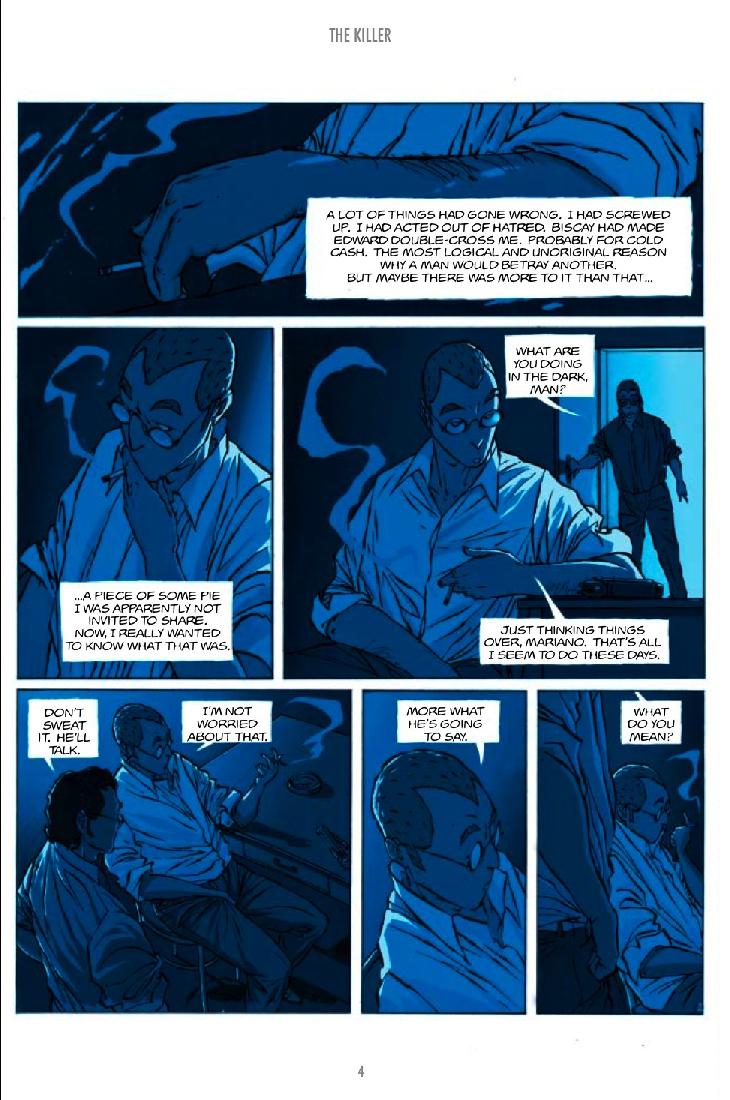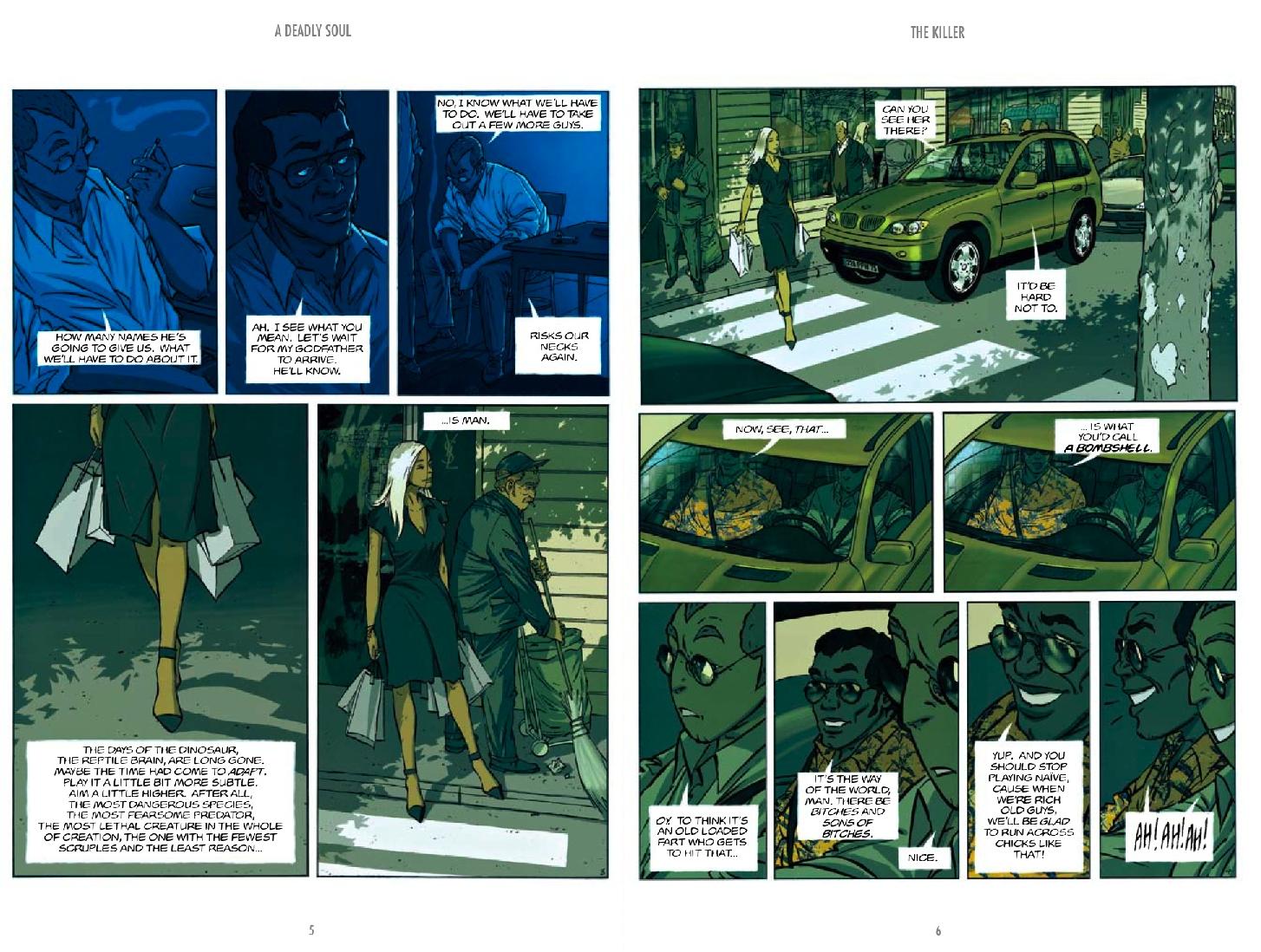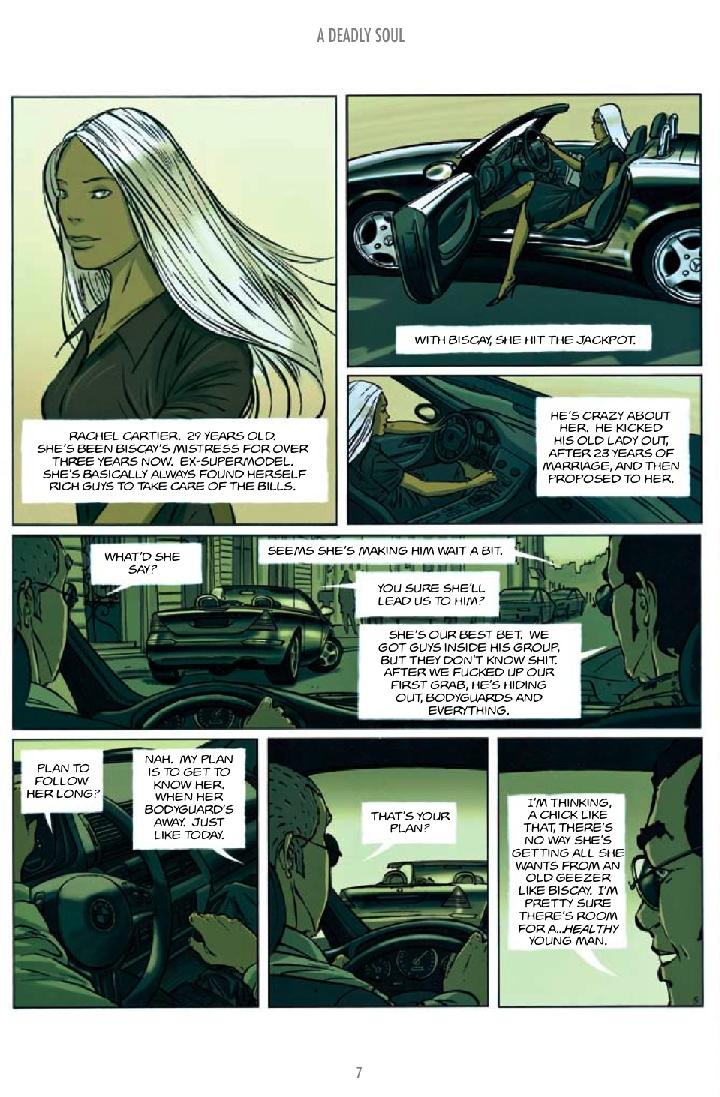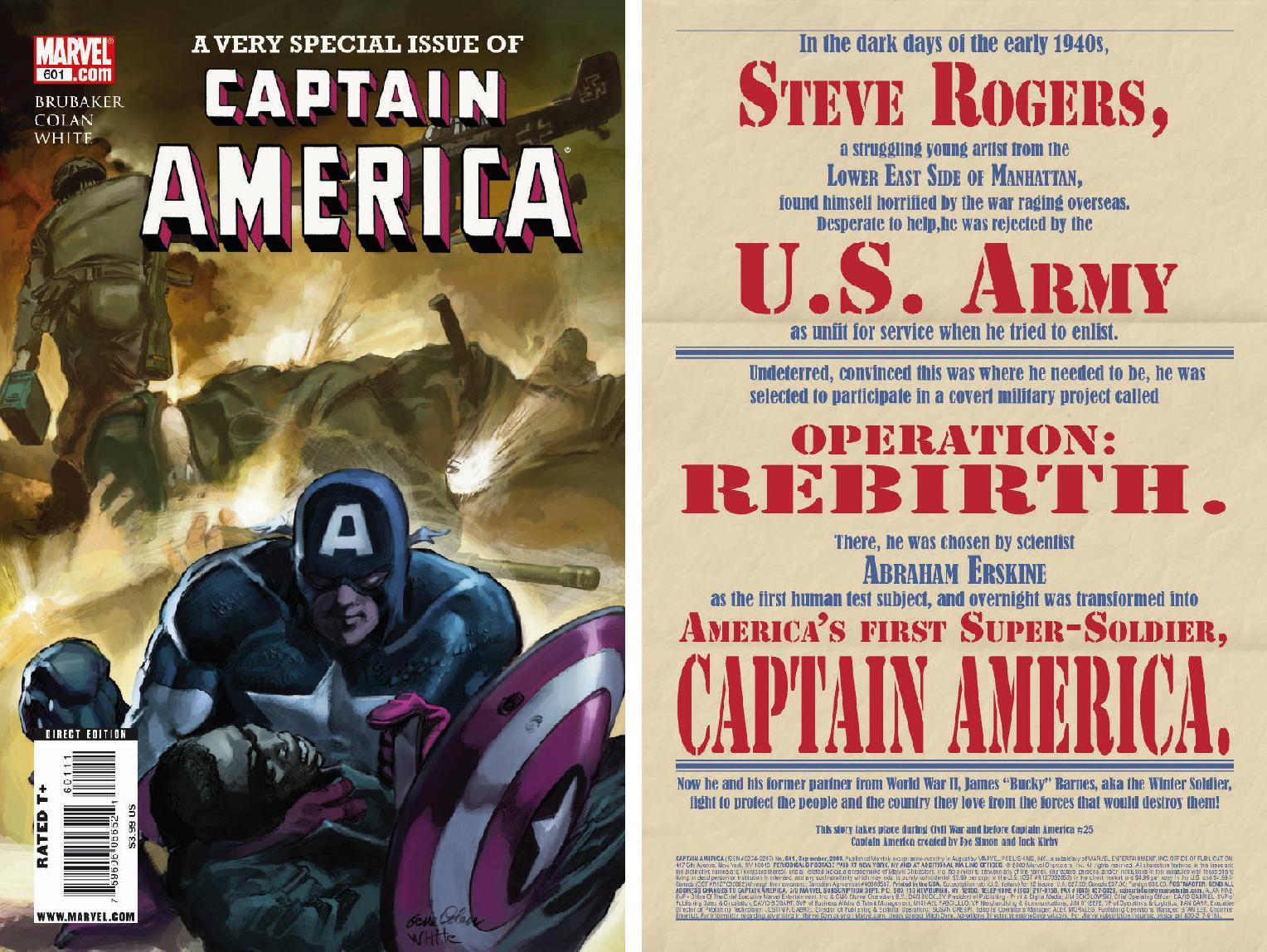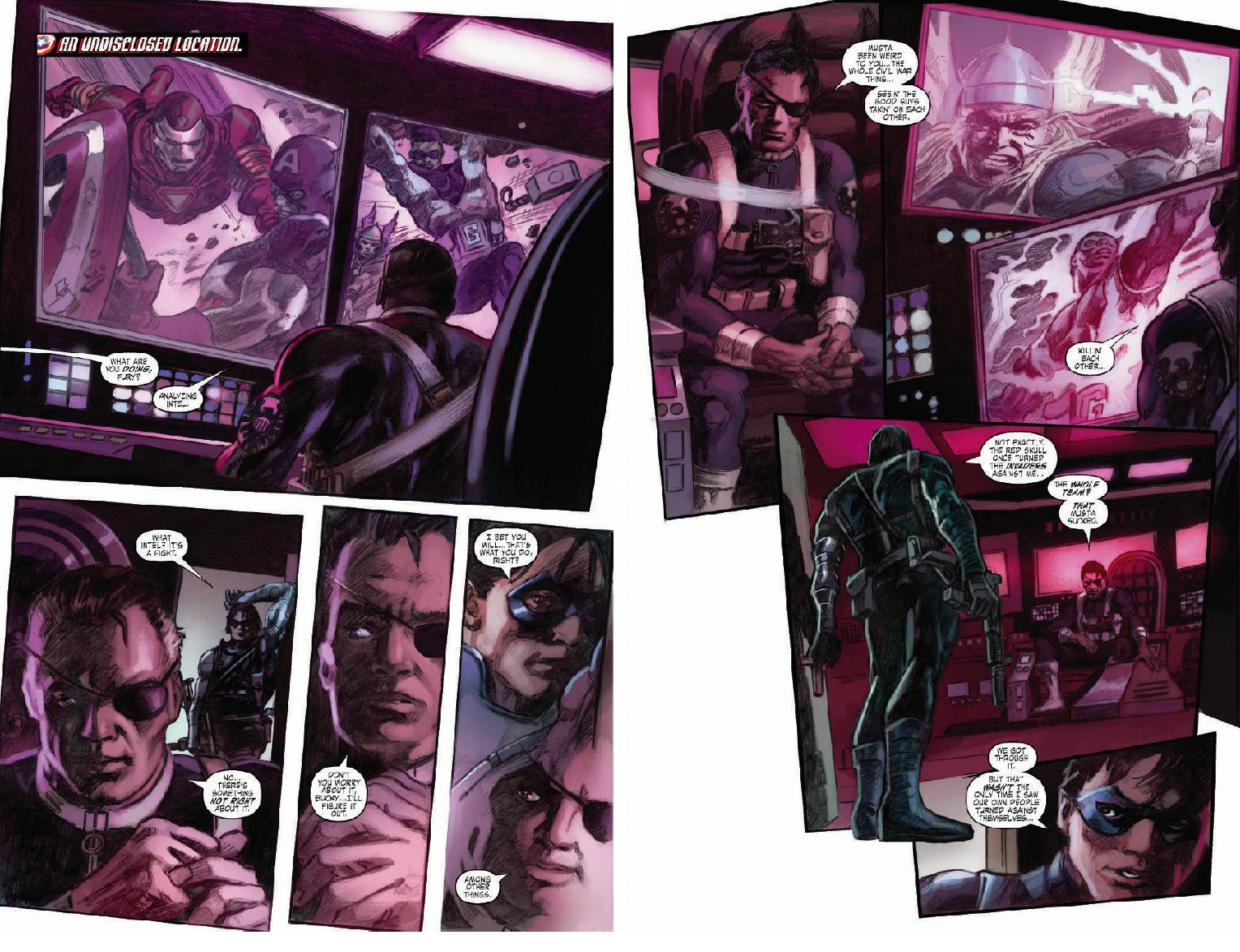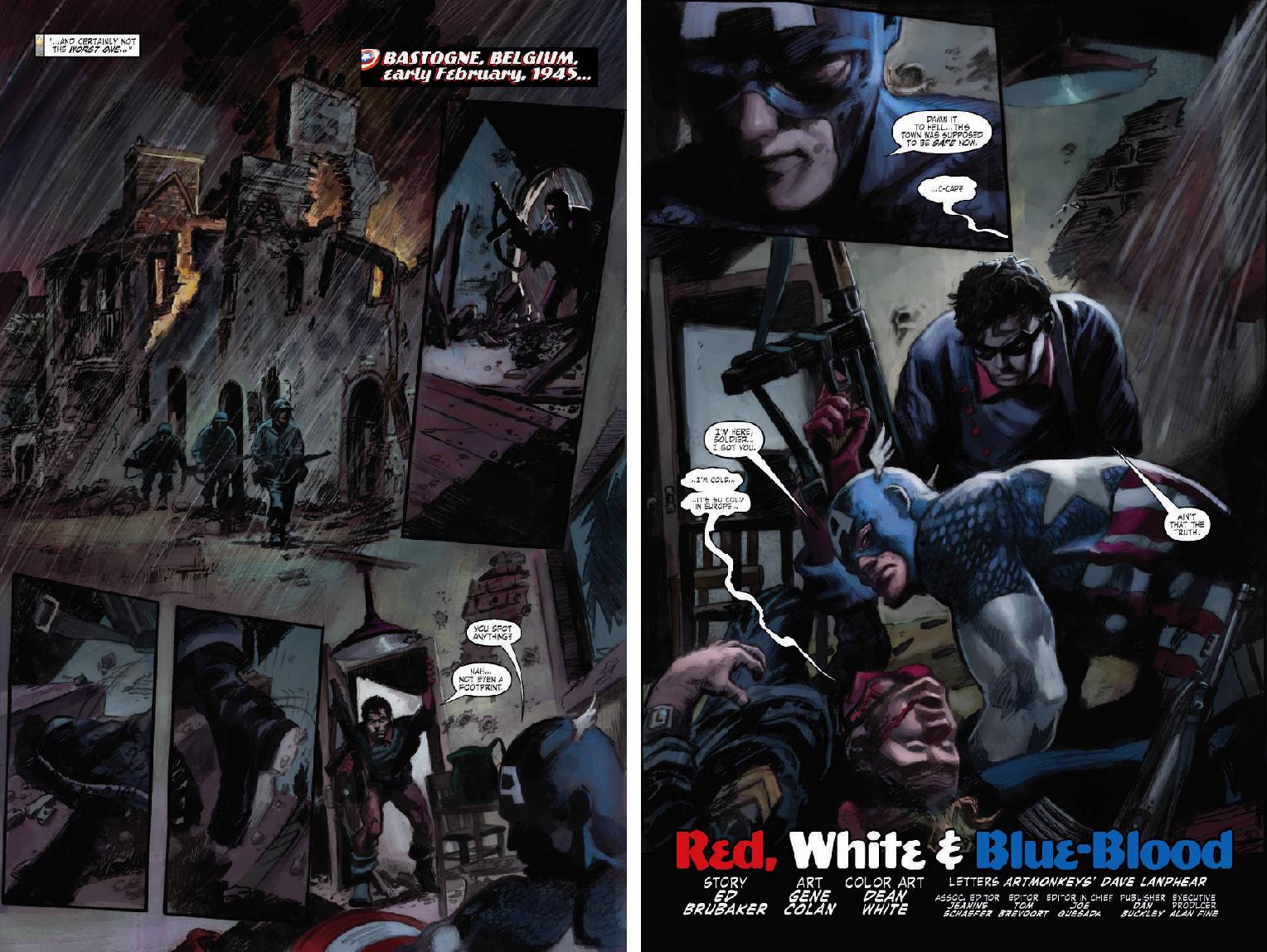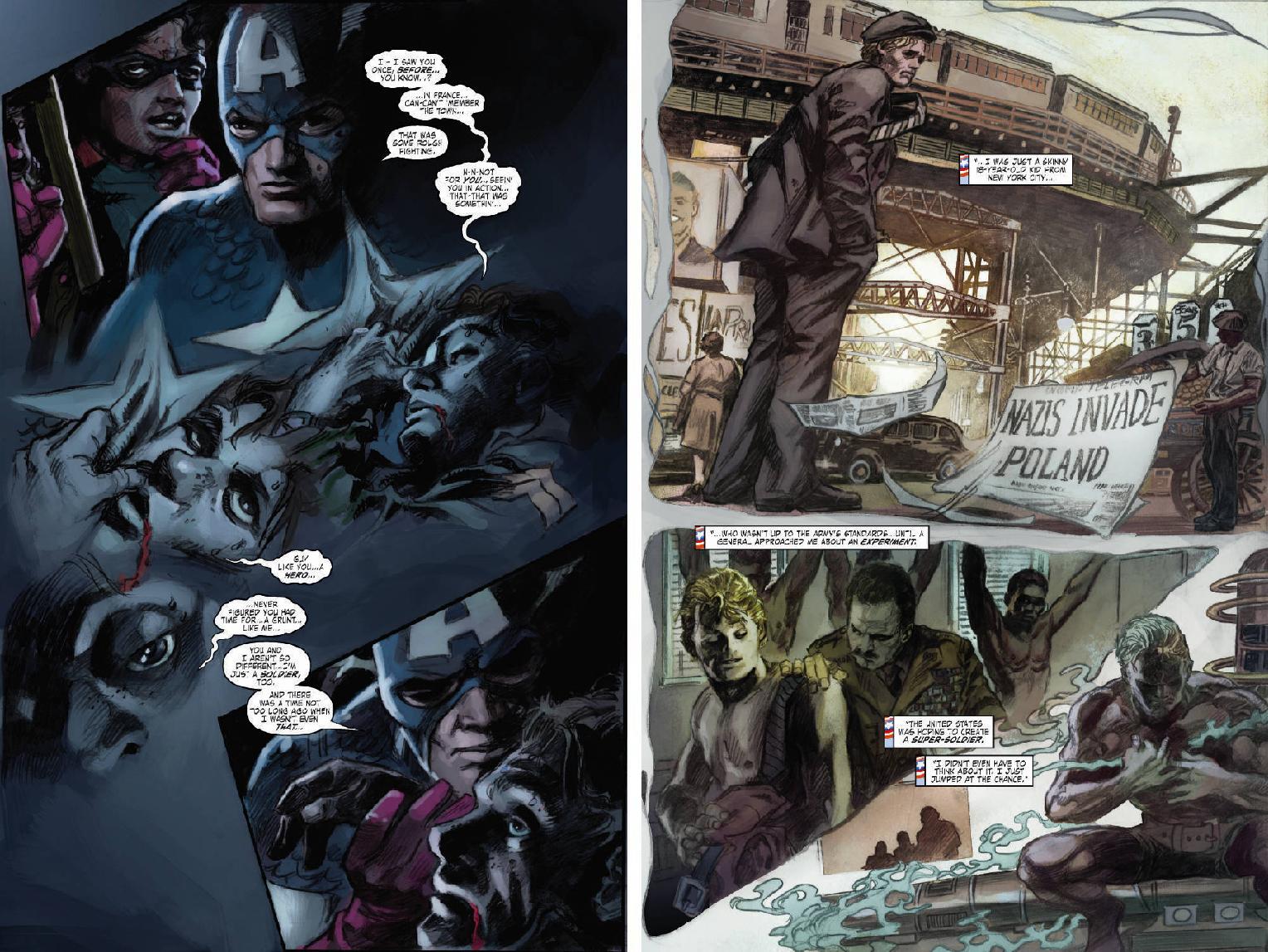
What’s SHOOT THE MESSENGER?
Well, AICN COMICS: SHOOT THE MESSENGER is your weekly one stop shop for comic book -EWS. What’s comic book –EWS? Well, it’s our hodge podge of everything not reviews here at AICN Comics. Sure you can find out the @$$Holes’ critical opinions of your favorite books every Wednesday at AICN Comics. But here, you’ll find special reports such as previews, interviews, special features, and occasionally news gathered here from our online brethren at Newsarama, CBR, Wizard, etc. Sure those guys are the best at reporting news as it breaks. Click on the links for the original stories. This column cuts the crap to run down all the vital information for those of you who don’t follow it as it comes in, and serves it all up with that special ingredient of @$$y goodness.
Hey folks, Ambush Bug back with another edition of STM. This week we’ve got a handful of previews for you to enjoy, plus we’ve got Part Two of Matt Adler’s gabfest with THE CLONE SAGA’s Tom DeFalco. Just wanted to let you know that fellow @$$Hole superhero and I will be at this year’s San Diego Comic Con. Drop us a line and we’ll stop by your booth to see what’s shakin’ It’ll be my first SDCC visit, so I want to make it a good one.
And now, let’s continue Matt Adler’s chat with Tom DeFalco. You can read Part One of the interview here. Take it away, Matt.

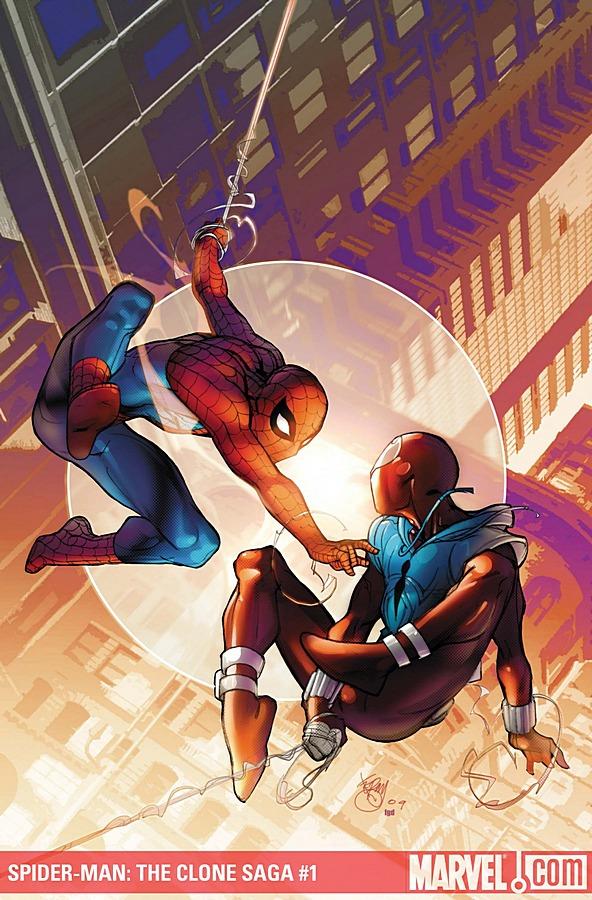 Hey folks, Matt Adler back again. Welcome to Part 2 of our massive Tom DeFalco interview, in which Tom speaks about what went wrong with the original Clone Saga, how he was ousted as Editor-in-Chief, the Machiavellian intrigues of Marvel corporate during the ‘90s, whether Marvel is publishing too many comics at too high a price, how Frank Miller is an all-ages writer, how Spider-Girl inspired “Sins Past”, and the possibility of a Ben Reilly ongoing.
Hey folks, Matt Adler back again. Welcome to Part 2 of our massive Tom DeFalco interview, in which Tom speaks about what went wrong with the original Clone Saga, how he was ousted as Editor-in-Chief, the Machiavellian intrigues of Marvel corporate during the ‘90s, whether Marvel is publishing too many comics at too high a price, how Frank Miller is an all-ages writer, how Spider-Girl inspired “Sins Past”, and the possibility of a Ben Reilly ongoing.Matt Adler (MA): Once you got underway with this project, did you start to feel some level of nostalgia?
Tom DeFalco (TD): Not really nostalgia. In the course of my discussions with Howard and Ralph, I said, “Y’know, I could see where this could be a nice fun project and a creative challenge, whatever beating it gives to my career, I’ll take it (laughs) and just go out and have some fun. And as Howard and I really began to work together, I am right now really so glad I signed on for this project because I am really having a terrific time with it. And I’m very happy with the first 3 plots we’ve finished; the one we’re working on now, I currently hate! (laughs) I always hate it at the beginning stages; now I hate it, and I gotta get it to the point where I like it!
(laughter)
MA: Whereas in the previous Clone Saga, sometimes you just had to hate it and go with it, right?
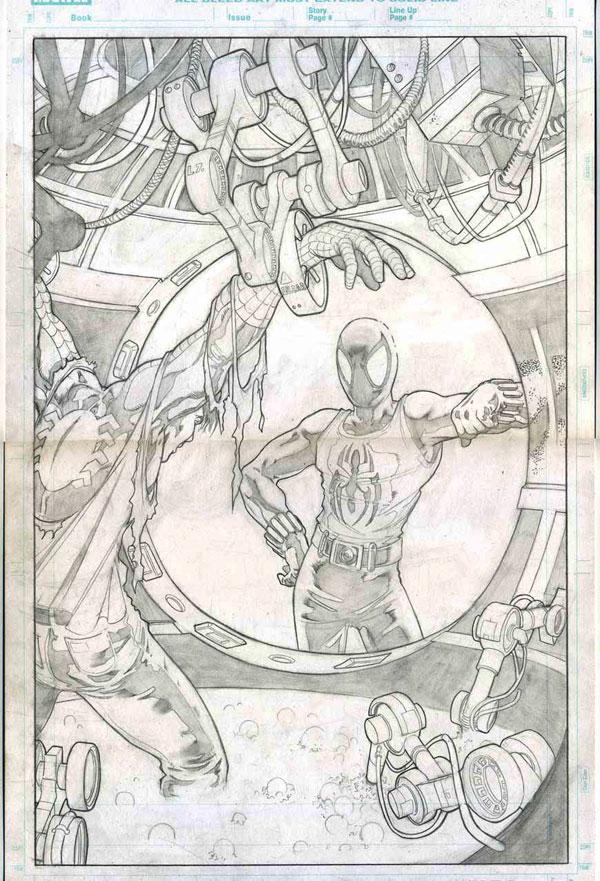 TD: Well, the previous Clone Saga had so many additional outside forces. The guys were under tremendous strain. The biggest hassle is, we had a fabulous group to start off with. We were having a lot of fun; we had Danny Fingeroth as editor, who is on the one hand the most demanding and, on the other hand, the most supportive editor you’re ever gonna deal with. And Danny made the whole thing just a wonderful situation. I mean, because of the amount of coordination, everyone was doing kind of double the work, but Danny made it all worthwhile for us. Then there was the shift in power and stuff like that, and Danny was kind of pushed to the side.
TD: Well, the previous Clone Saga had so many additional outside forces. The guys were under tremendous strain. The biggest hassle is, we had a fabulous group to start off with. We were having a lot of fun; we had Danny Fingeroth as editor, who is on the one hand the most demanding and, on the other hand, the most supportive editor you’re ever gonna deal with. And Danny made the whole thing just a wonderful situation. I mean, because of the amount of coordination, everyone was doing kind of double the work, but Danny made it all worthwhile for us. Then there was the shift in power and stuff like that, and Danny was kind of pushed to the side.I’m going to try to tell this without being too self-serving; you know, I was Editor In Chief, and the company decided they wanted to go in a different direction because I kept fighting with the guys upstairs.
MA: What was the main fight over?
TD: There were a number of different fights. At one point they told me, “What if we cancelled half the line? Would the remaining comic books sell twice as well?” And then I looked at the people, marketing, sales, and the president of the company, and realized they were serious. And then I had to sit down and say “Guys, here’s the deal.”
Now, the guys in sales should have had a clue. But they just didn’t understand how comics work. Comics work like movies; my feeling is, if a weekend comes around, and there are 5 great movies, you try to see as many as possible. But if a weekend comes around, and there 10 films out but you’re not interested in any of them, you go out for pizza. And comic books are the same way. If you’re interested in certain things, when they come out, you buy them. And if you go into a comic book store, and there’s nothing out that you’re interested in, you don’t buy anything! And at the time they wanted to do this, I know people were crying “Marvel is publishing too much.” We were publishing about 120 titles a month.
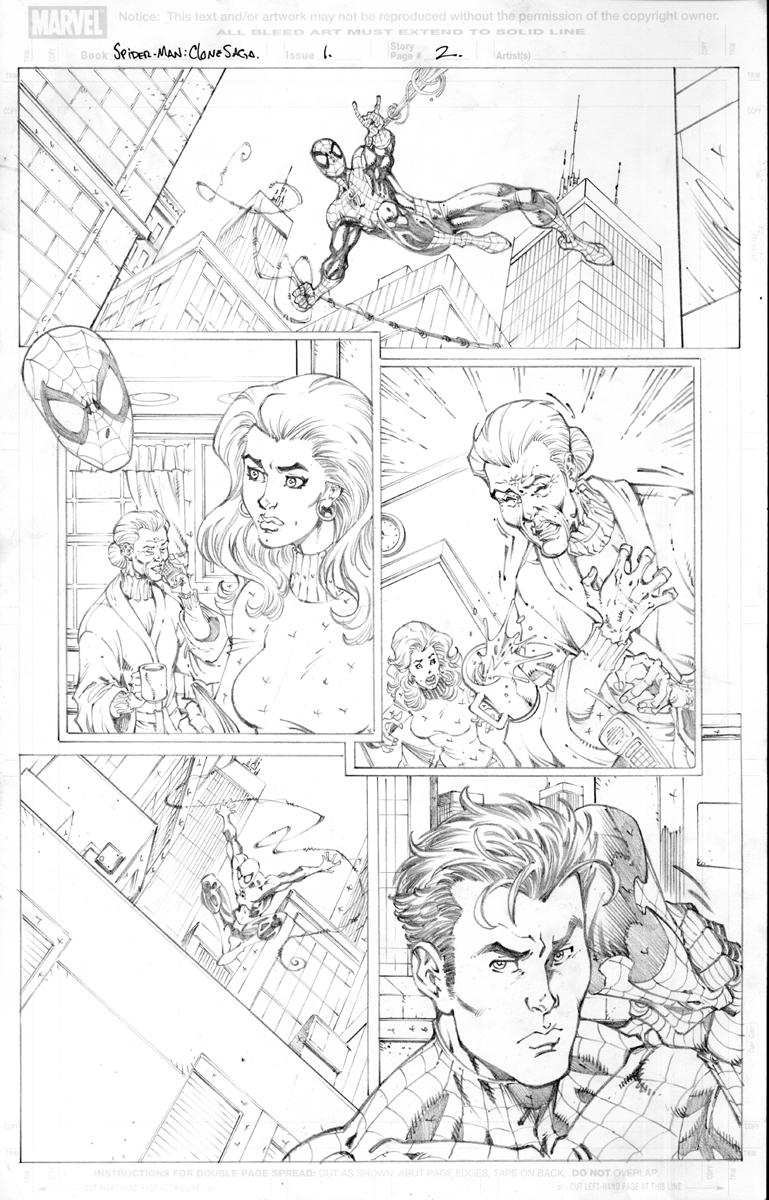 MA: You know, I went into my comic shop this past week, Stinky’s in Seaford, NY, and the retailer told me that this week was his highest bill since the “Death of Superman” days, because Marvel put out 39 titles this week. Do you think that’s a sign that the industry’s healthy?
MA: You know, I went into my comic shop this past week, Stinky’s in Seaford, NY, and the retailer told me that this week was his highest bill since the “Death of Superman” days, because Marvel put out 39 titles this week. Do you think that’s a sign that the industry’s healthy? TD: You know, I don’t know. Were all those books supposed to ship this week? Were some late books?
MA: I asked him that. He said he hasn’t got a clue.
TD: Y’know, my feeling is if you’re a Marvel fan, you’ll look at those 39 books, and you’ll pick out the ones you want. In my day, the sales department kept saying that the retailers were complaining that Marvel was producing too much.
MA: Now is that what led to that conflict with you and the upper management? Were they hearing that, and saying “Well, we should cut it”?
TD: Well, they thought if they cut it, and the remaining titles sold twice as well, that their profits would double. And I was saying, “No, no, I think it’s good that people can’t afford to buy all the things that they want.” Which was considered heresy in that day, and is probably considered heresy today. If I go car shopping, I see at least 10 cars that I’d like to buy; I’m lucky if I can afford one!
MA: Well, I guess there’s also the possibility that if the audience today is older than the audience back then, they may have more money in their pockets.
TD: Uhhh…yes and no. I have a different theory on that which will just prove what an old fart I am. I think older readers have two problems. Number one, attention span. In the old days, we’d read a comic, a month would go by, and we’d remember what happened between issues.
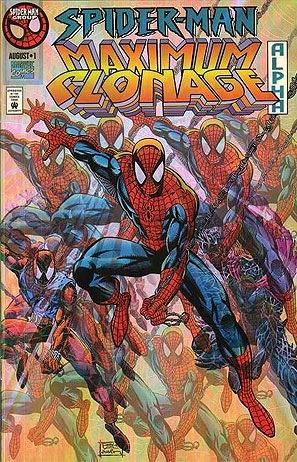 MA: You know, you’re right about that. We had nothing else going on, really. Comics were our entire life!
MA: You know, you’re right about that. We had nothing else going on, really. Comics were our entire life! TD: Now, we look at covers and say “Gee, did I get that one? Did I not get that one?” And problem number 2 is, we’ve got a lot of bills. So we’re kind of trapped. But there is one group that has an inexhaustible supply of income, and that group is kids. Because they have an unlimited supply of income, and it’s called their parents.
(laughter)
MA: And most parents aren’t strict enough just to give them an allowance.
TD: Right. Y’know, Jim Shooter came up with a principle, which I always thought was pure brilliance. It was “The Candy Bar Doctrine & The Popsicle Corollary.” And that was, a comic book should always be roughly the cost of two candy bars, or one popsicle. And when comic books followed that theory, sales were terrific.
See, I think that comic books should be aimed at the mass market. A lot of people say to me these days, because I’ve done SPIDER-GIRL for 12 years, you do all-ages comics. You do comics for children. And I try to remind them that everything Frank Miller did for Marvel was all-ages. Everything John Byrne did for Marvel, all-ages. Everything Walt Simonson did, all-ages. Everything Stan did, all-ages. And the vast majority of comics SHOULD be for all-ages. But I’m told I’m old-fashioned with that idea.
I think that comic book creators have to know what their goal is, what their audience is, and produce the material accordingly. Some people have asked me over the years, have the editors ever told you a scene was inappropriate for SPIDER-GIRL? And I’ve always said “No, because I’m not going to come up with scenes that are inappropriate for SPIDER-GIRL.”
 MA: Although when I interviewed Ron Frenz a couple of years back, he mentioned that an editor had expressed some reservations about a scene where she kisses a boy, and either Ron or you had to say, “She’s a teenage girl, that’s perfectly normal for her to have a romantic interest.”
MA: Although when I interviewed Ron Frenz a couple of years back, he mentioned that an editor had expressed some reservations about a scene where she kisses a boy, and either Ron or you had to say, “She’s a teenage girl, that’s perfectly normal for her to have a romantic interest.” TD: Well, it was a different thing because there, she was kissing Normie Osborn [Norman Osborn’s grandson]. She’s kissing this guy that’s gotta be too old for her! And we said “Yeah, that’s why next scene, he yanks her away and says ‘What are you doing?!’”
MA: That’s kind of ironic that they would object to that, given what happened with Norman Osborn and Gwen Stacy in “Sins Past”.
TD: This predated all of that. So much of the stuff that we do later shows up in another form in the other books. (laughs)
MA: Ok, so you and Howard were working on this project; did you ever give any thought to talking to Marc DeMatteis, since he was such a big part of the original Clone Saga?
TD: Oh yes, I’ve spoken to Marc. But by the time I spoke to him, this thing was already up and running. I don’t want to speak for Marc, but I think he would’ve been happy to jump in. But I think they figured that two guys collaborating on one story was enough; they’re kind of confused trying to figure out how to separate everything anyway (laughs)
MA: Have you read his new series SAVIOR 28?
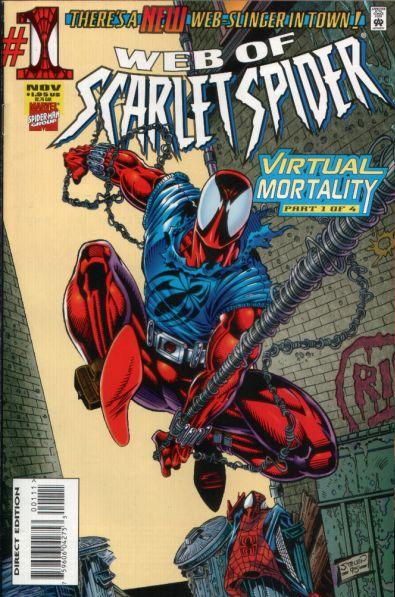 TD: Not yet. But it’s by Marc, so it’s got to be good.
TD: Not yet. But it’s by Marc, so it’s got to be good.MA: I think it was based on a Captain America idea he originally had.
TD: I admire Marc because he holds on to these story ideas and then eventually finds a way to use them, and they’re always brilliant ways.
MA: Speaking of holding onto ideas, did you have any of your notes from the original Clone Saga?
TD: I don’t, but Howard did. You know, once something comes out in print, I used to just toss everything. These days, a couple of universities have gotten in touch with me, wanting my papers, and I go “Oh, uh, yeah, alright” (laughs)
MA: Have you discussed this project with any of the other guys who worked on the original?
TD: Well, I’m sure I’ve discussed it with Danny, and Bob Budiansky.
MA: Now, Bob took over for Danny after he left, right? What was that transition like?
TD: That was a very bumpy transition, because that’s when Marvel decided that instead of one editor-in-chief, they would have 5 editors-in-chief that would report to marketing. Previous to this, they had one editor-in-chief who reported to the president of the company. So essentially they were restructuring editorial so that marketing could tell them what to do.
MA: Whose idea was that?
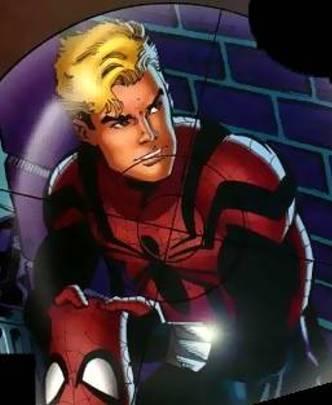 TD: The head of marketing. They felt that they could get more bang for their buck if marketing called the shots as opposed to editorial. Because with editorial…I’m of a different generation and an older school where we used to look at editorial projects, and I used to say “you look at ‘em, and you take a sniff”. And some smell of money, which means they’re what people want to read. And some stink. And the ones that stink, you don’t publish, and the ones that have a nice aroma, you look and go “Wait a minute, this could be fun!” And you need to be born of comics to know what would work and what wouldn’t work.
TD: The head of marketing. They felt that they could get more bang for their buck if marketing called the shots as opposed to editorial. Because with editorial…I’m of a different generation and an older school where we used to look at editorial projects, and I used to say “you look at ‘em, and you take a sniff”. And some smell of money, which means they’re what people want to read. And some stink. And the ones that stink, you don’t publish, and the ones that have a nice aroma, you look and go “Wait a minute, this could be fun!” And you need to be born of comics to know what would work and what wouldn’t work.The marketing guys felt that you needed to do things like market research, focus groups, and all that other stuff. First off, I think market research is bullshit. I think that it is effective for covering your butt, and to justify your decisions. I never felt I had to justify my decisions. I felt like being editor-in-chief of Marvel is like being a football coach; you can get all the market research you want, all the technicians, everything else like that, but either you win the game, or you lose the game. And if you win more games than you’re losing, they keep you on, and if you start to lose games, they give you the boot. So my goal was just to produce the best comics I could with the resources I had, and hope for the best.
MA: Who were your favorite collaborators during the original saga?
TD: I loved the whole crew. Todd DeZago, Terry Kavanagh when he was there, Danny…and I’m gonna forget everybody else’s name and they’re all gonna think I hate them! We were a very tight crew, and we were having a great time at least initially. Once Bob Budiansky was appointed editor-in-chief and reporting to marketing, he was in a total no-win situation. Because around that time, Marvel bought its own distributor. And sales on all Marvel comics fell about 40%. And I know that people have said “Oh the Clone Saga killed the sales of SPIDER-MAN; well, perhaps the Clone Saga was so bad that it killed the sales of every other Marvel title! So they bought the distributor, everything fell down, and then the SPIDER-MAN sales started to climb back from the hole. And that’s why the company decided “Keep that thing going.”
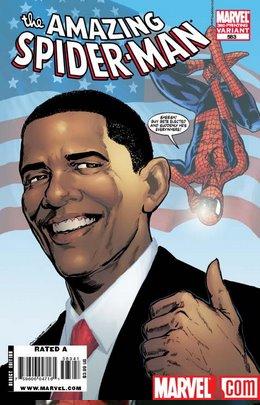 MA: So you were saying Bob was in a no-win situation…
MA: So you were saying Bob was in a no-win situation…TD: He was in a no-win situation because they kept coming back to him, and they would not let him end the Clone Saga when it was supposed to end. They were basically threatening every editor on a daily basis.
MA: And if Bob had put his foot down, they would have fired him?
TD: They would have fired him. And they were threatening everybody at that time. Marvel had already had a bunch of layoffs, they had also cut their line in half. If buying their own distributor didn’t kill the company, cutting your line in half kind of did that. And for the life of me, I can’t ever figure out why you would buy your own distributor. Other companies are going to figure, if you’re owned by Marvel, you’re gonna be screwing us. You’ll be selling Marvel product to OUR customers.
Now, at one point during the Clone Saga, I was doing a 2-issue story. And they came to me and said “Can you make it 4 issues?” and I said ok. Then they came back and said “Can you make it 8 issues?” And they said “Oh, and they’re putting the description of the story into the catalog now, so it’s gotta be the same general idea, but it doesn’t have to be this exact story.” So I then had to, on the fly, come up with another story that could follow the solicitation. And that was because marketing decided they didn’t want just a 2-issue story.
MA: I remember reading that at this time they started having daily story conference calls that would last for hours. What were those like?
TD: Those were agony (laughs). They would call you up at 9 o’clock in the morning. It was a conference call that had all the writers and Bob and all of his editorial group. And they would discuss things in the most minutest detail.
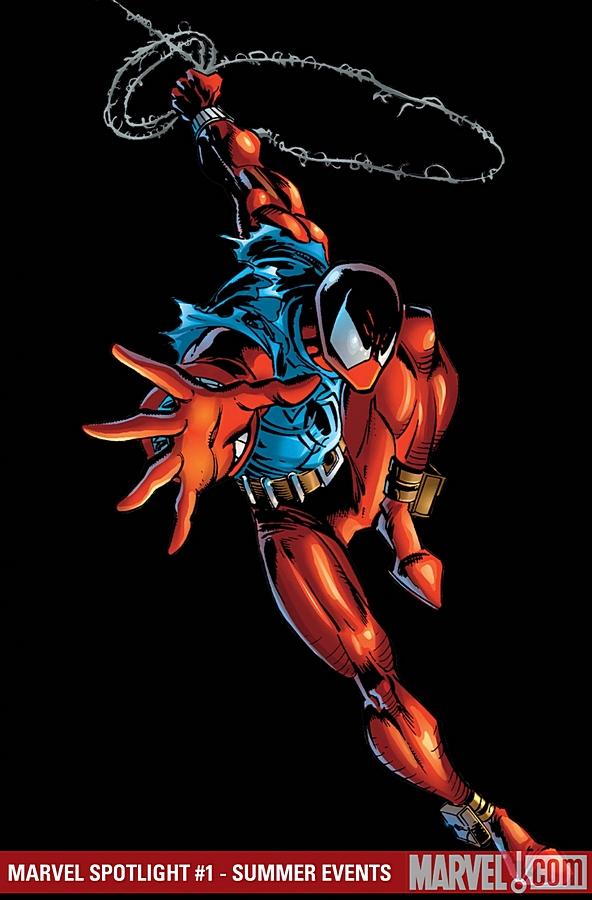 MA: What made it evolve into that?
MA: What made it evolve into that? TD: I guess fear. They wanted to get everything just right. This was mainly because of the pressures inside the office.
MA: Was the marketing department really interested in the details of the stories?!
TD: Pretty much. Bob had to sell them on EVERYTHING. So those phone calls used to pretty well run all day. And about 5:30, 6 o’clock at night, Bob would say “How many pages are you gonna turn in today?” And I’d say “Today is over! Bob after this, I gotta go lay down!” So I finally drew a line in the sand and said “Listen, here’s the deal. I’m not gonna answer my phone before 1 o’clock.”
Now one time, I’d worked out a plot with Bob, and by 9 o’clock the next morning I faxed in the plot to Bob. And he called me back, and said “I read the plot, it works fine, but you didn’t mention the body in the smokestack.” And I said “What body in the smokestack?” And he said “Oh yeah, that happened after you hung up.” And then he explained to me about the body in the smokestack, and he says “Can’t you just put a couple of thought balloons in here?” And I said “No, Bob! If Peter Parker’s just learned there’s another clone body in the smokestack, that’s gotta be his entire focus! I have to completely redo this whole plot!” And Bob says “No, I like this story,” and I said “I don’t care that you like it! I gotta take it back! You think I like the fact that I have to come up with essentially a whole new story now, and do it all for free? But I have to do that, because it doesn’t make sense anymore!” Things were just crazy in those days.
MA: So, the sales and marketing departments were not just dictating the length, or whether there had to be an event or something like that…they were actually getting involved in the story details?
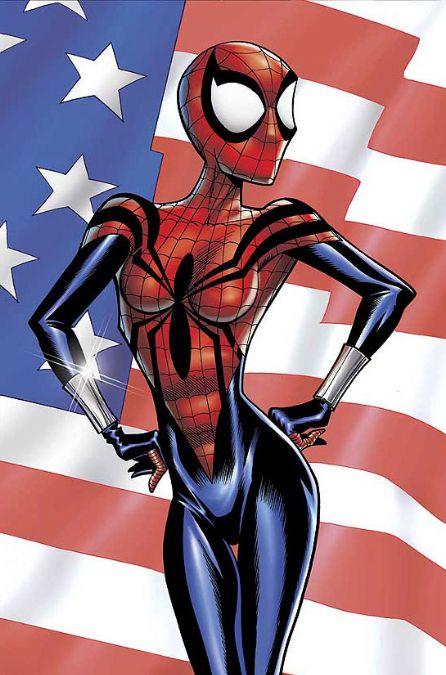 TD: They were very intrusive. Because editorial reported to marketing. And the plan was, the guy in charge of marketing was essentially preparing to stage a coup because he figured at some point they would fire the president of the company, and then he would be appointed president.
TD: They were very intrusive. Because editorial reported to marketing. And the plan was, the guy in charge of marketing was essentially preparing to stage a coup because he figured at some point they would fire the president of the company, and then he would be appointed president.But at a certain point they put a new president in charge. The marketing guy was then dismissed, because the new president could tell right away where a lot of the problems were. So the new president came in, got rid of the marketing guy and many people in the marketing staff, and he then said “Forget about this 5 editors-in-chief thing; it’s just crazy” and then consolidated it all under one Editor-in-Chief which was Bob Harras. I had always assumed that at some point I would be fired or I would quit, and Mark Gruenwald would take over, and had in fact been grooming Mark for the position. But that was my plan; that wasn’t necessarily the company’s plan.
When Bob came in, a lot of the craziness went away. He basically said “Hey, let’s wrap this thing up,” but then said “We’ll wrap it up, but we have to wrap it up after ONSLAUGHT, because we don’t want to wrap up too many events all at the same time.”
MA: How did you feel about the way Bob Harras resolved it?
TD: I had problems with it. I thought that the whole Norman Osborn thing was ridiculous, though I’m sure today people are glad that Norman was resurrected. At the time I thought “Why Norman? He’s been out of the comics longer than most of the readers have been alive. Why bring him back?” I think sometimes people in comics think about what they liked when they were kids, and they forget there’s been a 30 or 40 year gap. I think anytime you try to regroup Spider-Man, it’s people trying to take Spider-Man back to the point where THEY liked it.
 The Clone Saga, at least to start, was my definition of going forward. I don’t want to actually discuss where we’re going to end up with the new Clone Saga because I want you to read the limited series, which will show you! But I can tell you that this limited series will show you exactly the plan as it had always been. This was always constructed as a 3-act play. The problem was that the middle act became 10 acts. The middle act ran for 2 years! The nice thing about the new Clone Saga is you are going to get an original story; it’s not like we’re going to be reprinting panels. You’re going to get essentially a fresh story, a fresh take, and yet it will also reference the original.
The Clone Saga, at least to start, was my definition of going forward. I don’t want to actually discuss where we’re going to end up with the new Clone Saga because I want you to read the limited series, which will show you! But I can tell you that this limited series will show you exactly the plan as it had always been. This was always constructed as a 3-act play. The problem was that the middle act became 10 acts. The middle act ran for 2 years! The nice thing about the new Clone Saga is you are going to get an original story; it’s not like we’re going to be reprinting panels. You’re going to get essentially a fresh story, a fresh take, and yet it will also reference the original.MA: I remember when you talked about the original Clone Saga, you always said it was your intent that Ben Reilly would become popular enough to spin-off as the Scarlet Spider into his own series. Without giving too much away, is it possible for that to happen with this new series?
TD: I don’t want to ruin things, but one of my goals on this series is that this thing will sell so well that Marvel will be forced to give Ben Reilly a monthly comic book! That’s my goal. How is that possible? Is that possible? Hey, we saw 12 years of Spider-Girl! I think we can see 24 years of Ben Reilly!
MA: Can you say what this story is in relation to current continuity? Is it completely out of continuity, does it bear some relation, or…?
TD: I don’t know! I’m not sure what current continuity is, because they keep finding different continuities, and different kinds of reality, and that sort of thing! People have often said to me “I don’t read SPIDER-GIRL because it’s not real!”
(laughter)
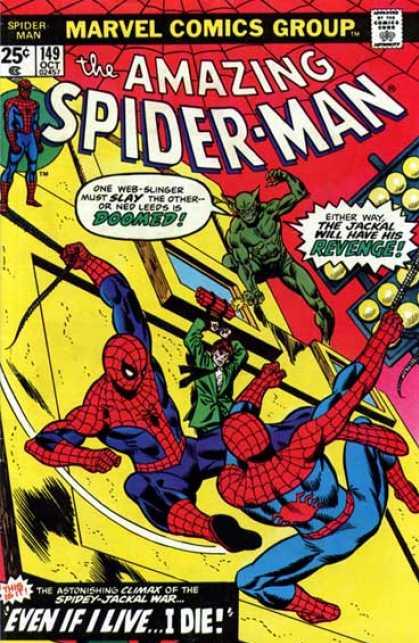 MA: Like SPIDER-MAN really is real?!
MA: Like SPIDER-MAN really is real?! TD: And I’m like “Uh, guys…”
(laughter)
MA: What did Alan Moore say? “This is an imaginary story… but aren’t they all?”
TD: Aren’t they all! And Alan, as he often does, just nailed it.
MA: Nailed it.
TD: And why should you read it? Because--
MA: Because it’s a good story!
TD: Because it’s a good story, that will remind you why you love Spider-Man.
MA: That concludes Part 2 of the Tom DeFalco Saga—er, interview. Join us next time for the final chapter!
In most places, Matt Adler goes by the name his mother gave him, but occasionally uses the handle "CylverSaber", based on a character he created for the old Dark Forces II: Jedi Knight game (one telling hint of his overweening nerddom). He currently does IT and networking support for the government of Nassau County, NY, but his dream is to write for a living, and is in the process of figuring out how to get publishers to give his stuff a look. In the meantime, he passes the time by writing for AICN, CBR, and a few other places. He also formerly wrote for Marvel Spotlight magazine.
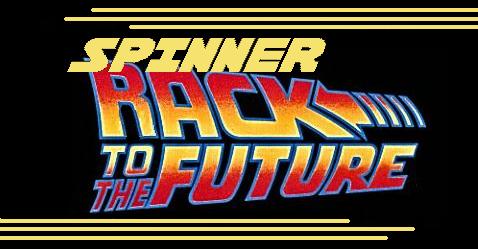
Ambush Bug again taking a twirl on the old Spinner Rack again. This week we’ve got two special treats for you before we dove into the regular previews.
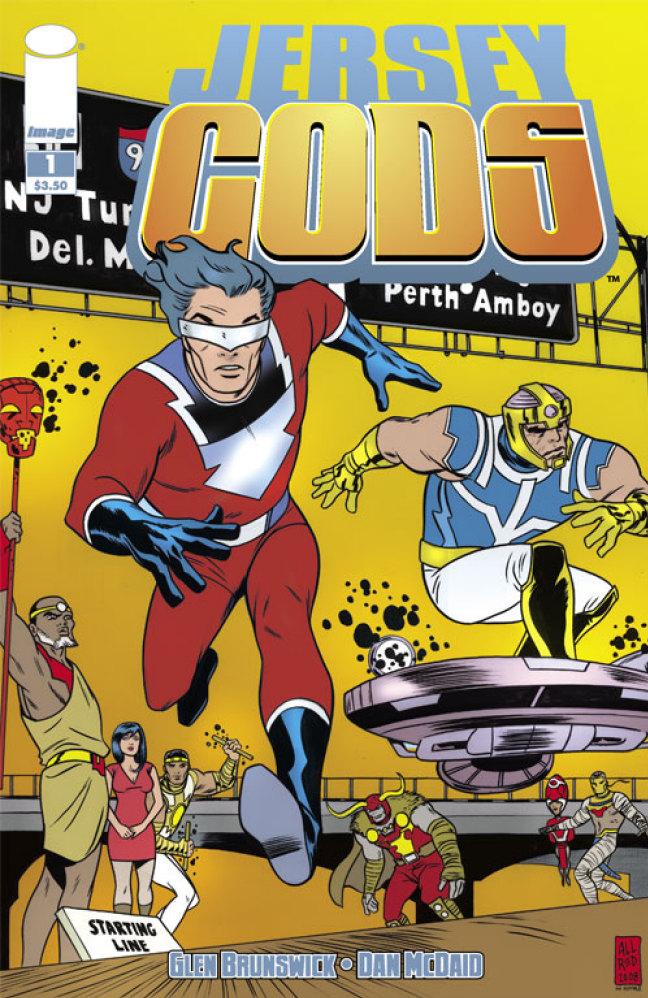 First up is a special look at JERSEY GODS by Glen Brunswick from Image Comics. Follow the link here and you can see the first issue absolutely free! The JERSEY GODS trade, collecting issues 1-5 is due in stores July 22nd! Be sure to check it out!
First up is a special look at JERSEY GODS by Glen Brunswick from Image Comics. Follow the link here and you can see the first issue absolutely free! The JERSEY GODS trade, collecting issues 1-5 is due in stores July 22nd! Be sure to check it out!
 Our second treat is from Adam Hamdy. Adam’s THE HUNTER comic was a real treat to read; full of old school superhero action and excitement in the Kirby tradition. Adam’s been kind enough to make the first two issues available for all to see. So if you’re looking to check out issue one of this cool series, click here. And if you like what you see, follow this link to issue two. Both issues are free to read. You can thank me later.
Our second treat is from Adam Hamdy. Adam’s THE HUNTER comic was a real treat to read; full of old school superhero action and excitement in the Kirby tradition. Adam’s been kind enough to make the first two issues available for all to see. So if you’re looking to check out issue one of this cool series, click here. And if you like what you see, follow this link to issue two. Both issues are free to read. You can thank me later.
And now, on with the previews!
THE WALKING DEAD #63 Writer: Robert Kirkman Art: Charlie Adlard Publisher: Image Comics Release Date: Wednesday!
One of the best comics out there continues to kick @$$ this Wednesday!
PATRICIA BRIGGS’ MERCY THOMPKINS: HOMECOMING #4 Writer: Patricia Briggs & David Lawrence Art: Amelia Woo Publisher: The Dabel Brothers Release Date: July 22nd!
Check out MERCY THOMPKINS: HOMECOMING #4 on July 22nd!
THE LAST RESORT #1 Writer: Jimmy Palmiotti & Justin Gray Art: Giancarlo Caracuzzo Publisher: IDW Publishing Release Date: Wednesday!
I make it a point to check out anything Palmiotti and Gray put their hands on. And I’ll do the same with THE LAST RESORT #1 when it hits the stands Wednesday.
THE KILLER #1 Writer: Matz Art: Luc Jacamon Publisher: Archaia Release Date: Wednesday!
I like the art in this one. THE KILLER #1 does the deed on Wednesday!
CAPTAIN AMERICA #601 Writer:Ed Brubaker Art: Gene Colan Publisher: Marvel Comics Release Date: Wednesday!
Art by GENE COLAN! Are you kidding me!?! Can’t wait to see this one Wednesday!


